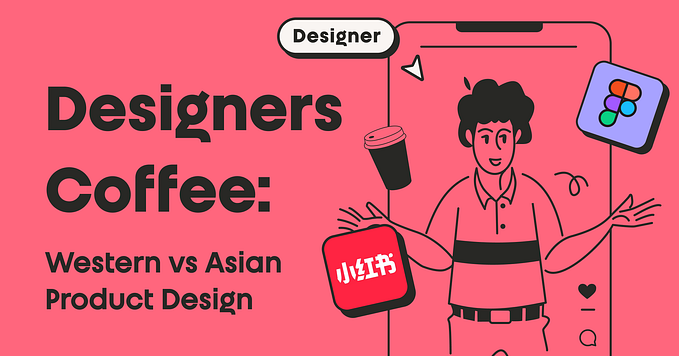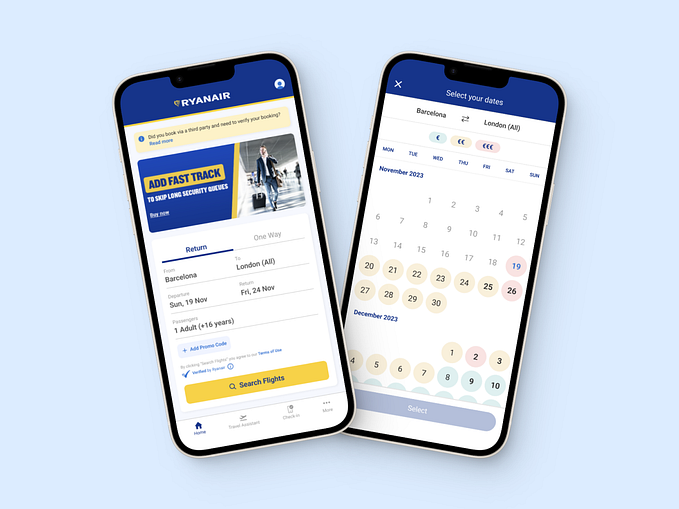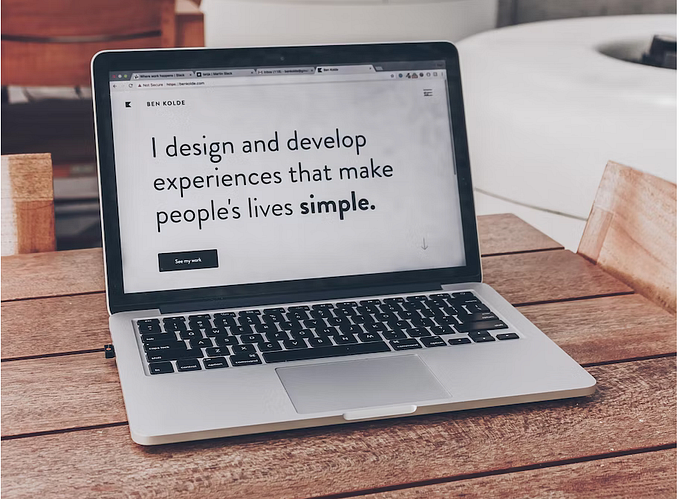
Why micro-interactions are important for UX
Micro-interactions may be small, but their impact is big as they make the user experience easier.
What are Micro-interactions
Micro-interactions are the functional, interactive details of a product. When they are well designed they enhance the user experience. When they are poorly design they can be terribly detrimental to the users’ experience. An audible example of a micro-interaction is the sound your phone or your computer makes when you receive an email.
Where you see them
Micro-interactions play a large role in our digital lives, even if we don’t always notice them they are everywhere, from creating an account into a mobile app to purchase a product online or when you switch off your alarm in the morning.
“It’s the details that make systems feel more human, and more humane.”
— Dan Saffer
Why micro-interactions are important
Sometimes during the creation of a product, we forget what our main goal really is: to change human behavior. We design digital products for people to use, often more than once.The key to making these moments almost invisible and completely functional to the user is in the details. Design with care for the users. Think about how people work with and use their devices. Don’t overthink the aesthetics, and focus on direct action with the principles of micro-interactions in mind as you go.
Four parts of Micro-interactions

Every interaction includes these parts to create a cycle for how things work. According to Saffer, most people don’t even know or think about micro-interaction contact unless something goes wrong.
Trigger → Initiates an action
Rules → What happens one an action is triggered
Feedback → How you know what’s happening
Loops and modes → What happens next
Here are some great micro-interactions in practice
by Oleg Frolov
by Paarth Desai
Conclusion
“Design is not just what it looks like & feels like. Design is how it works.”
— Steve Jobs
Micro-interactions play an essential role in a user’s understanding of computer systems. They give the user feedback, both good and bad, on what the current status of the system is, what the result of their actions will be or what has already happened as a result of their action and tells them what they should do next.
This feedback can add an element of personality to a user’s experience when interacting with a website or app. They can be used to take away the dull, negligible aspect of using computer systems and make it far more enjoyable and memorable. This is their greatest contribution to User Experience.






